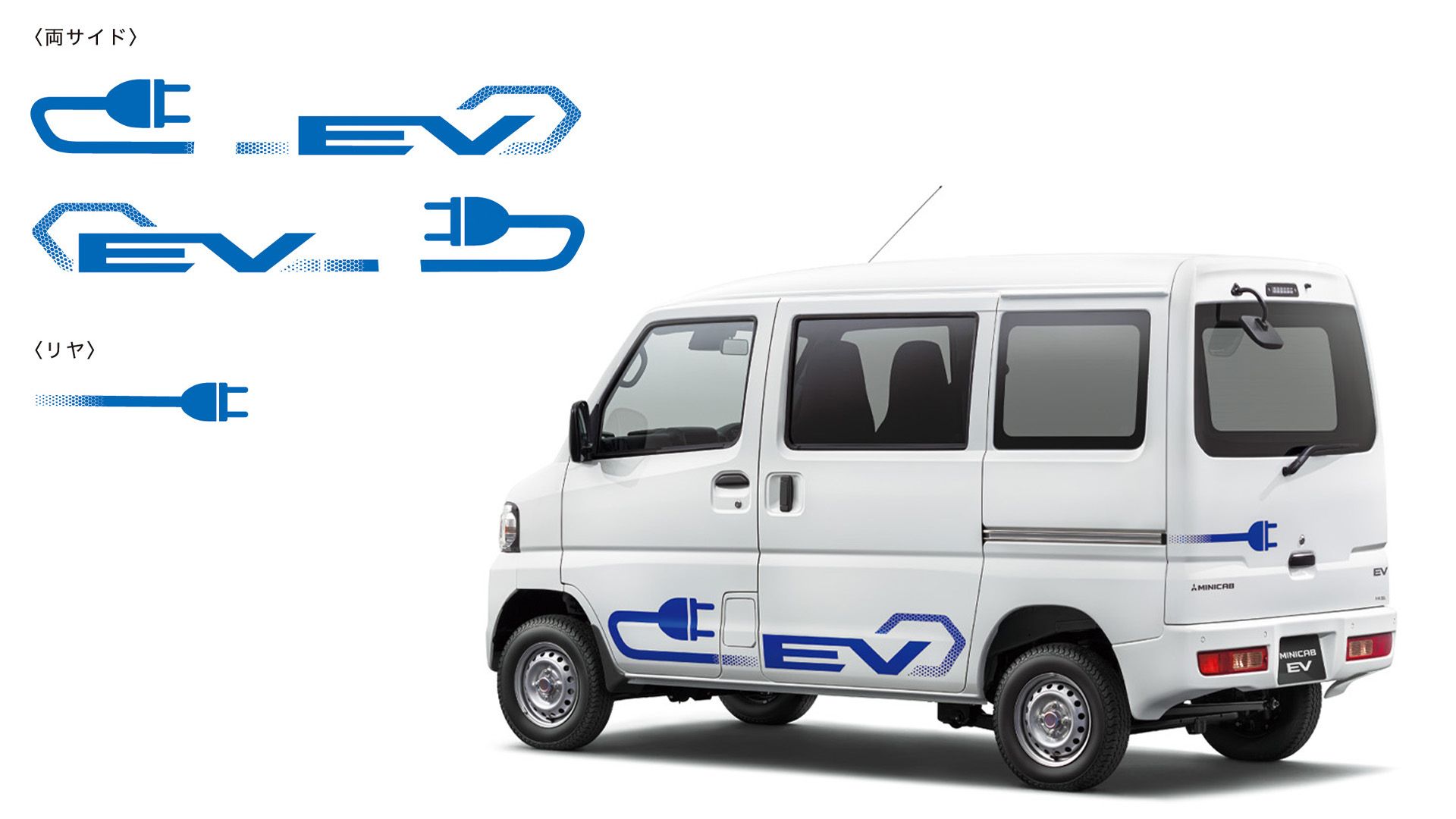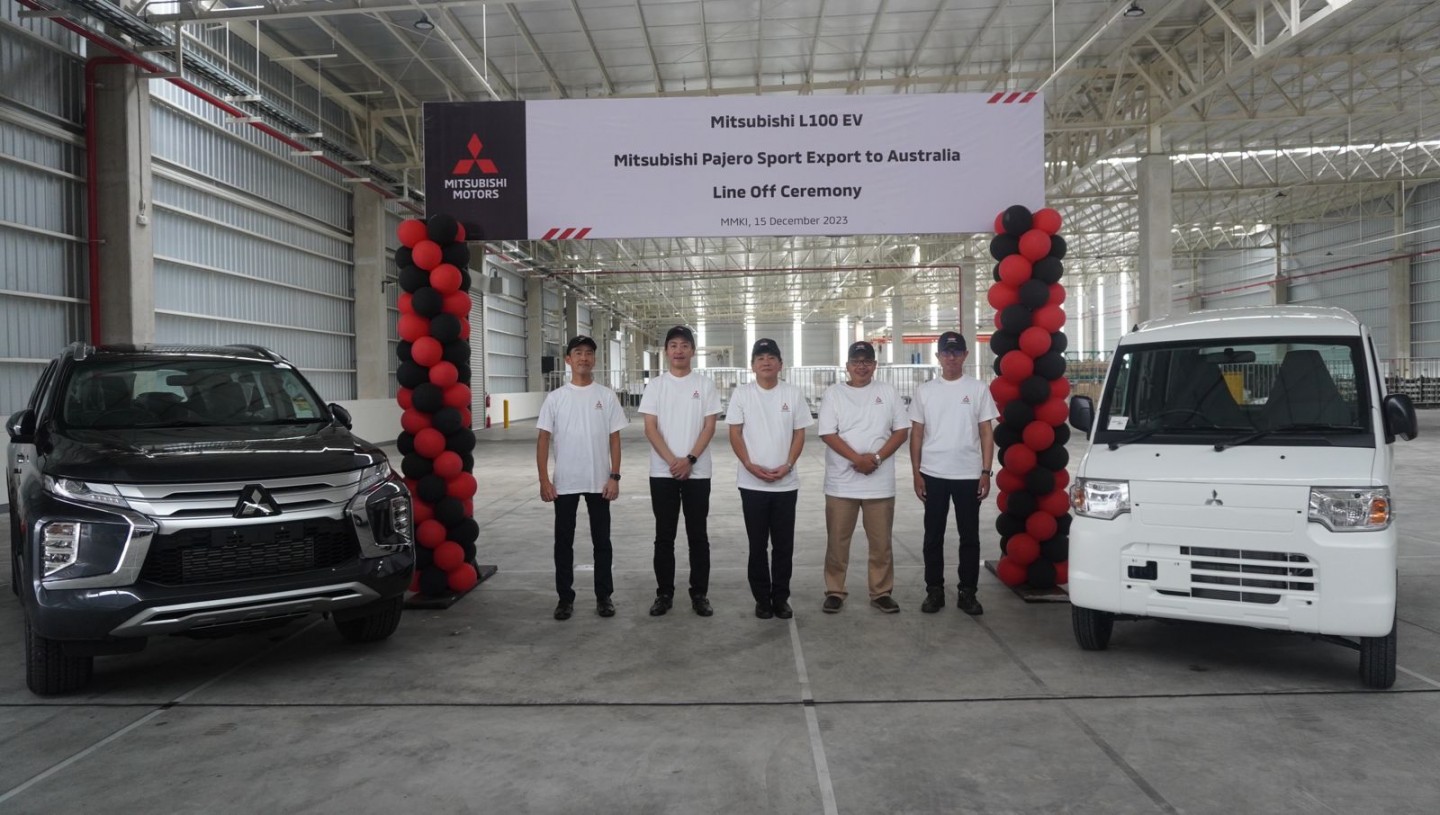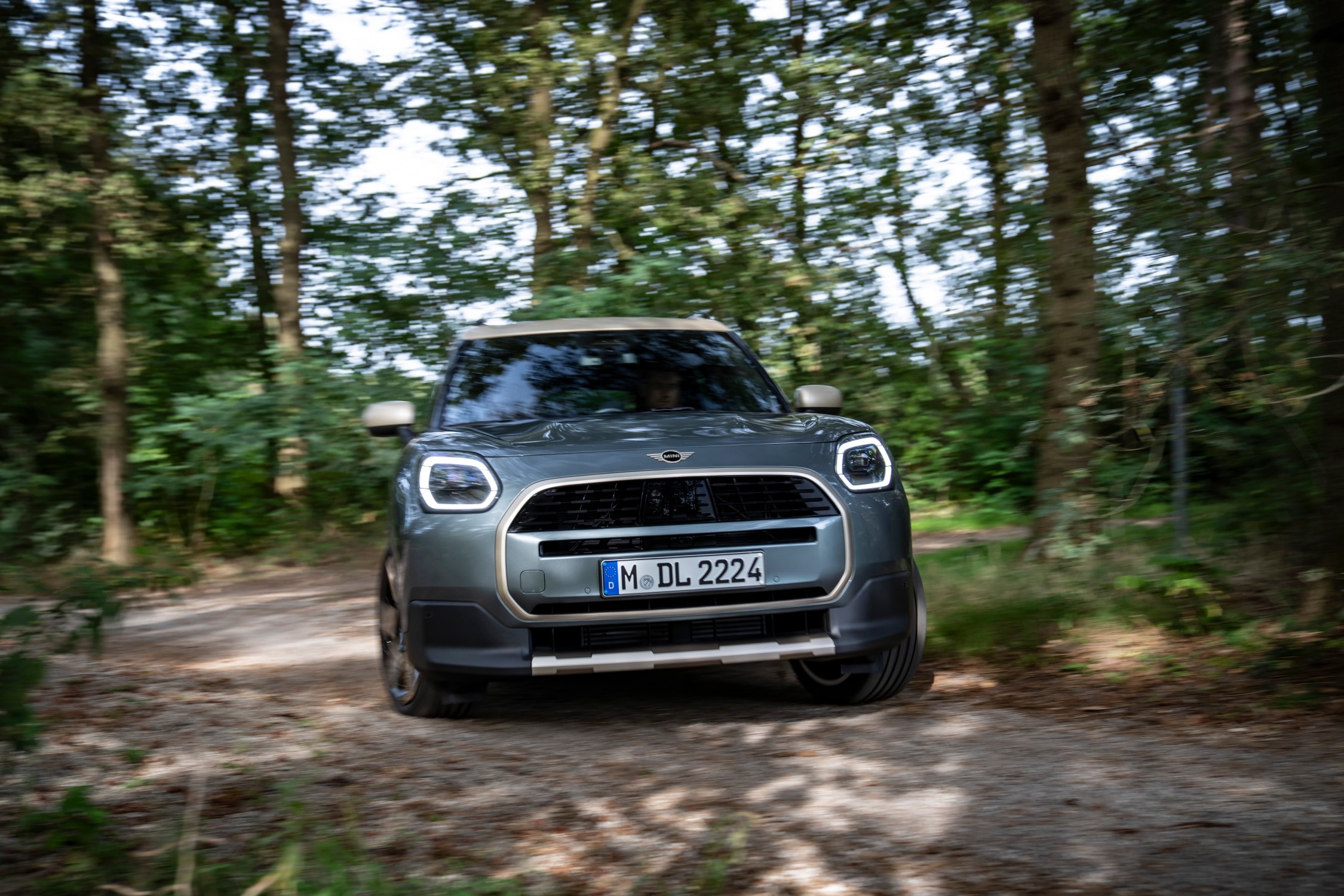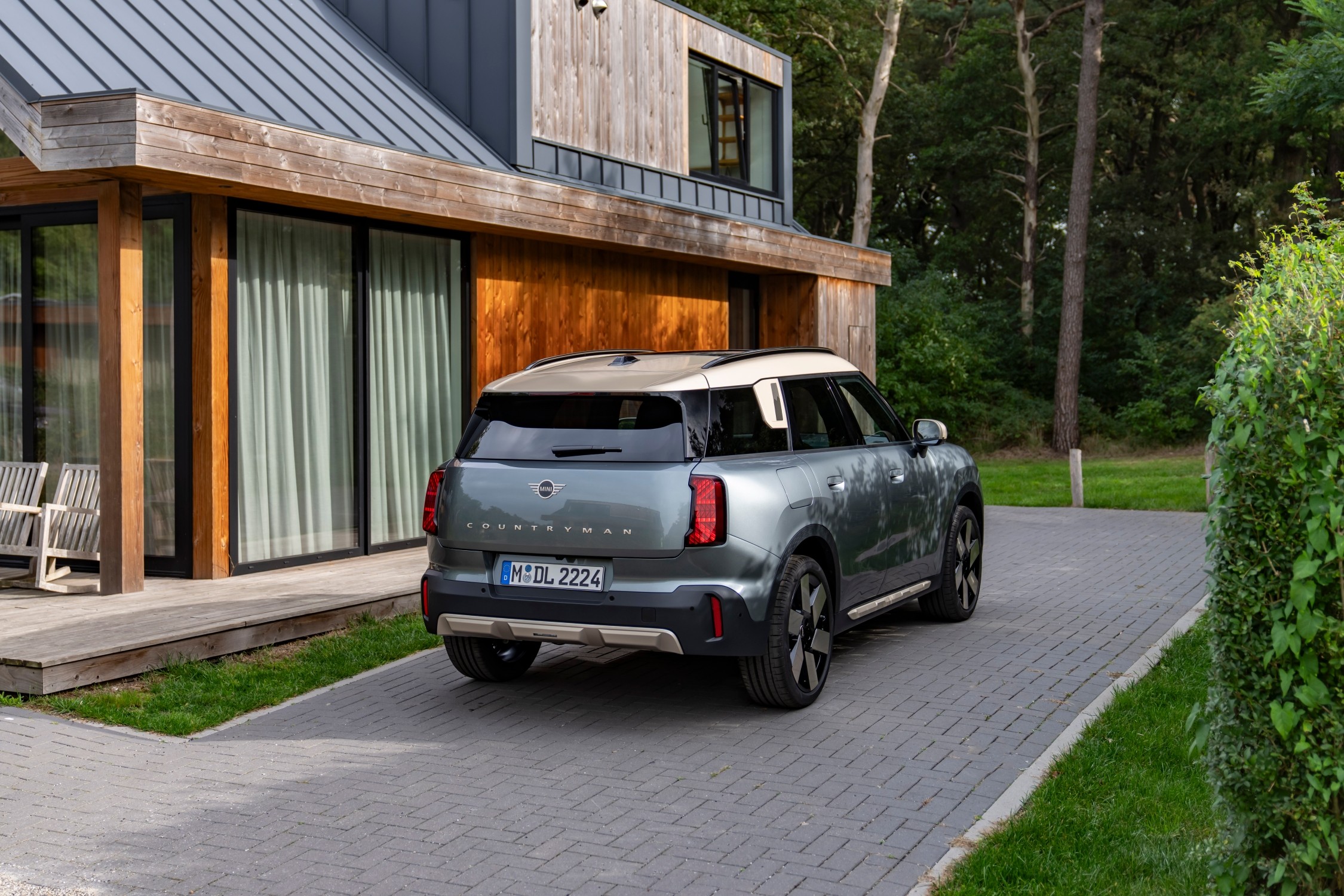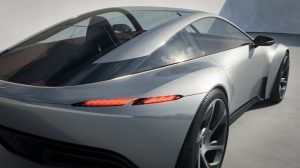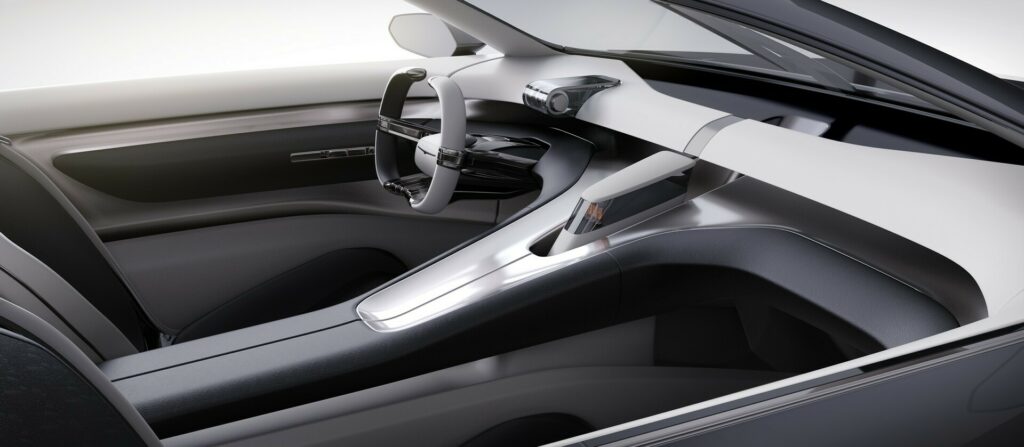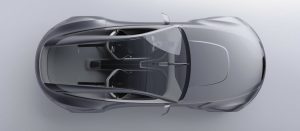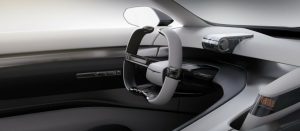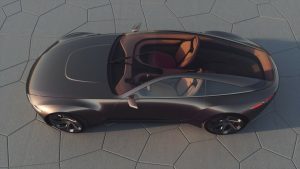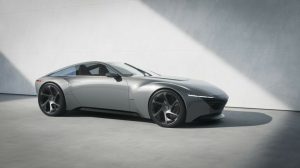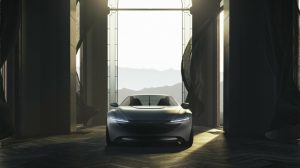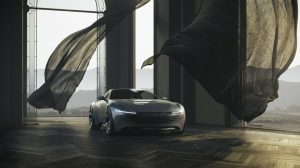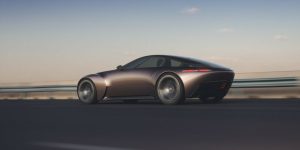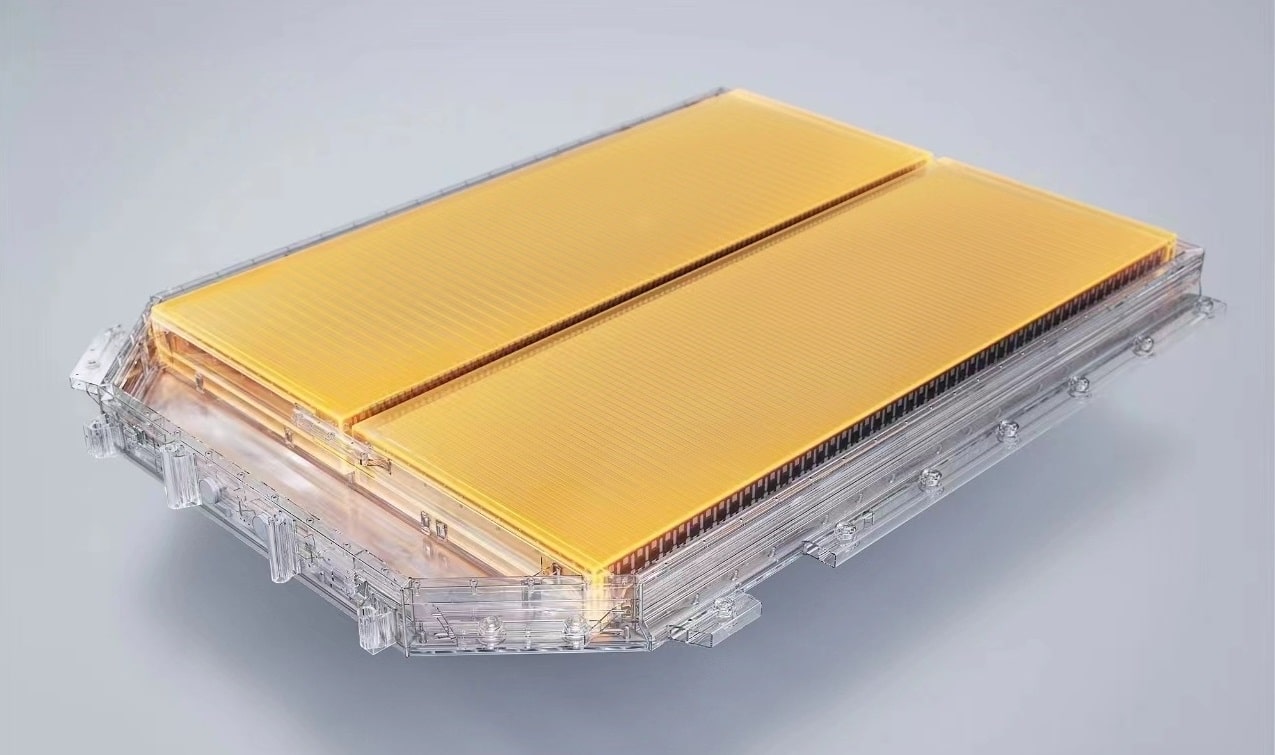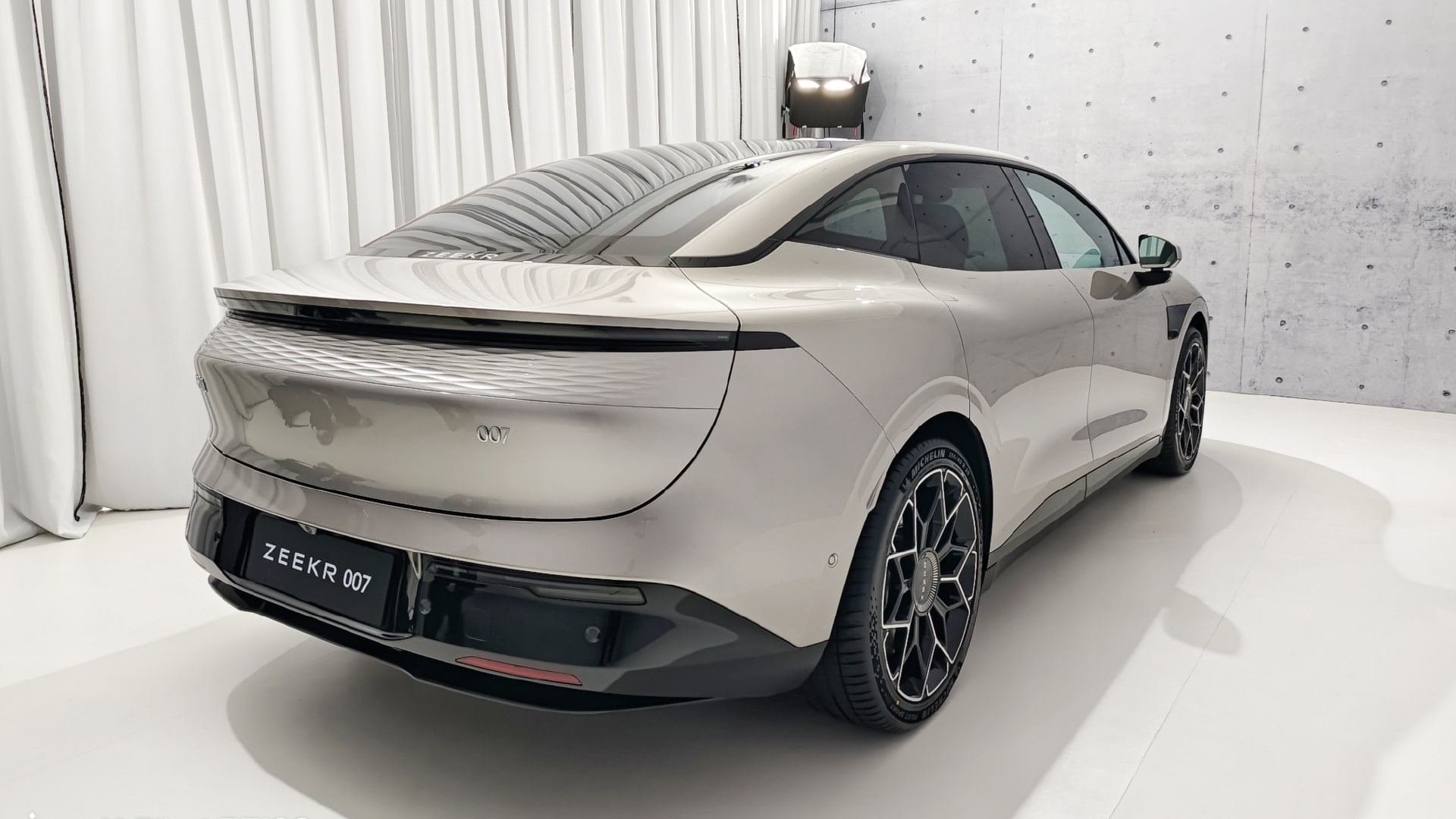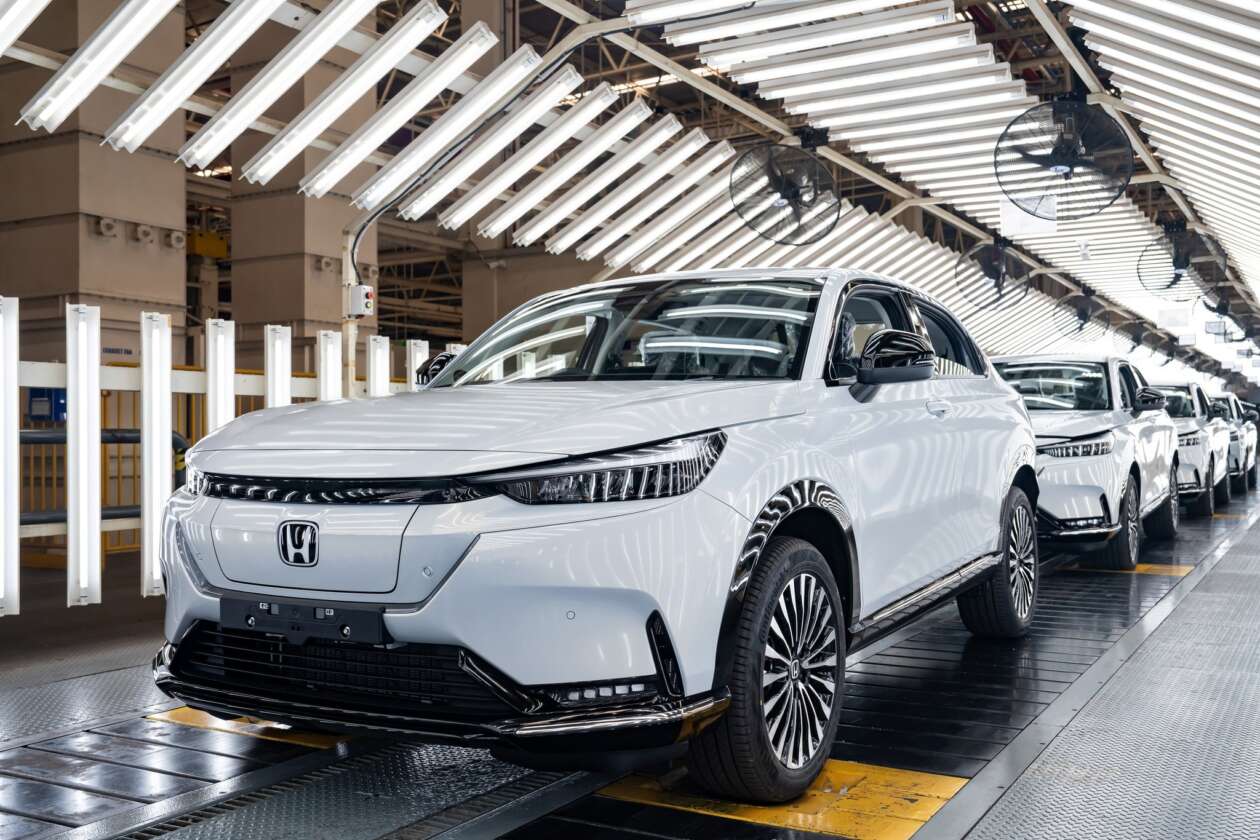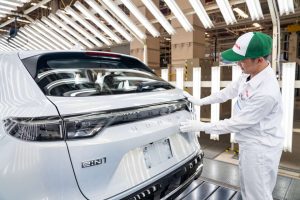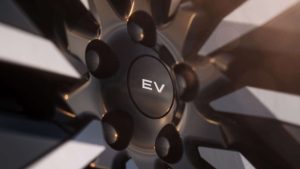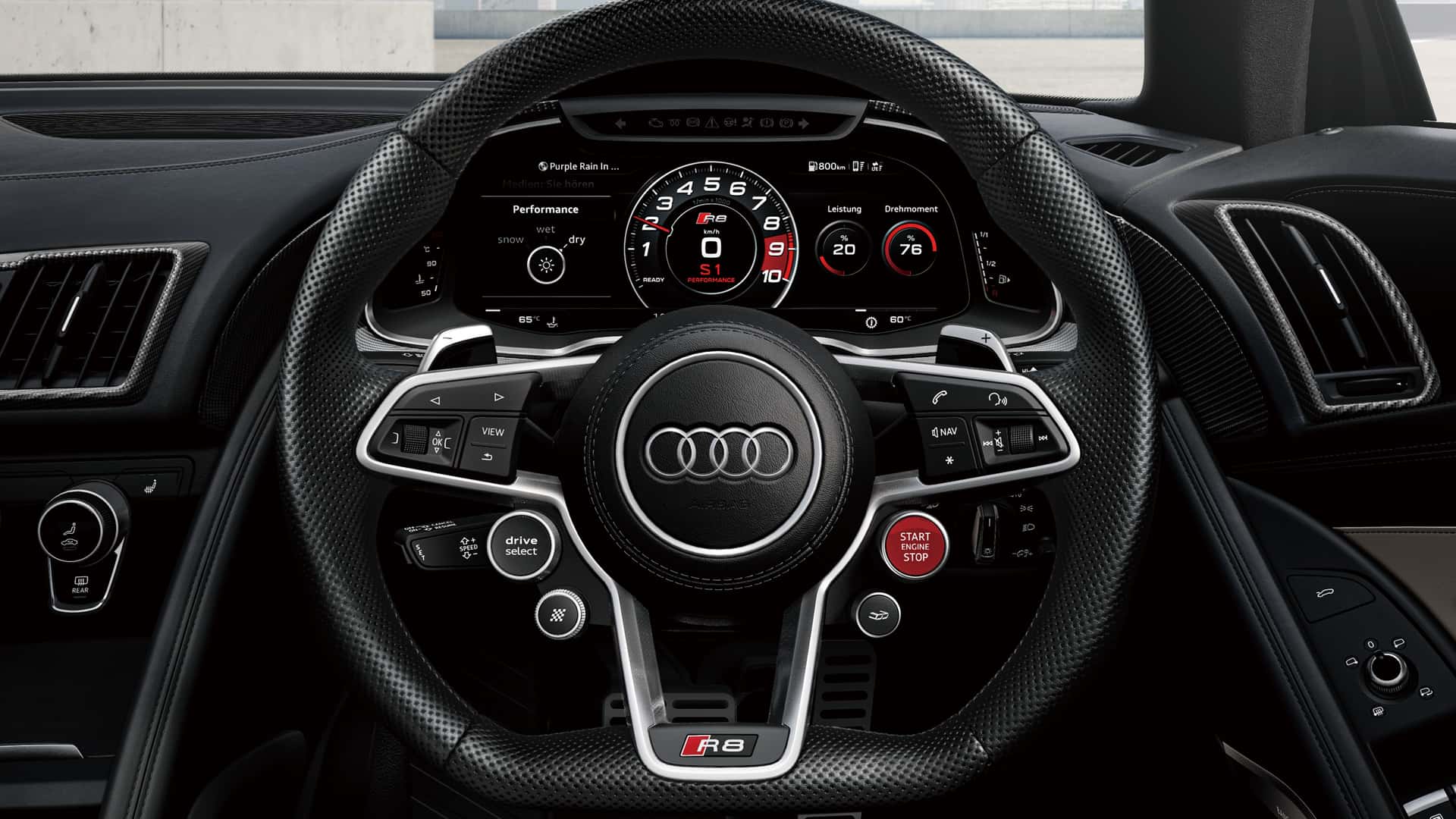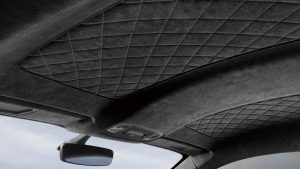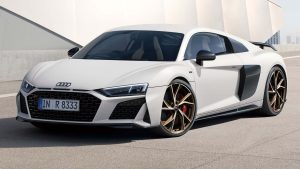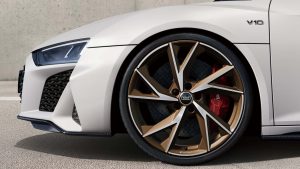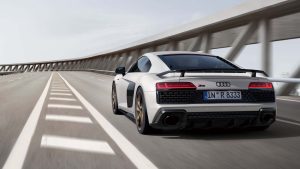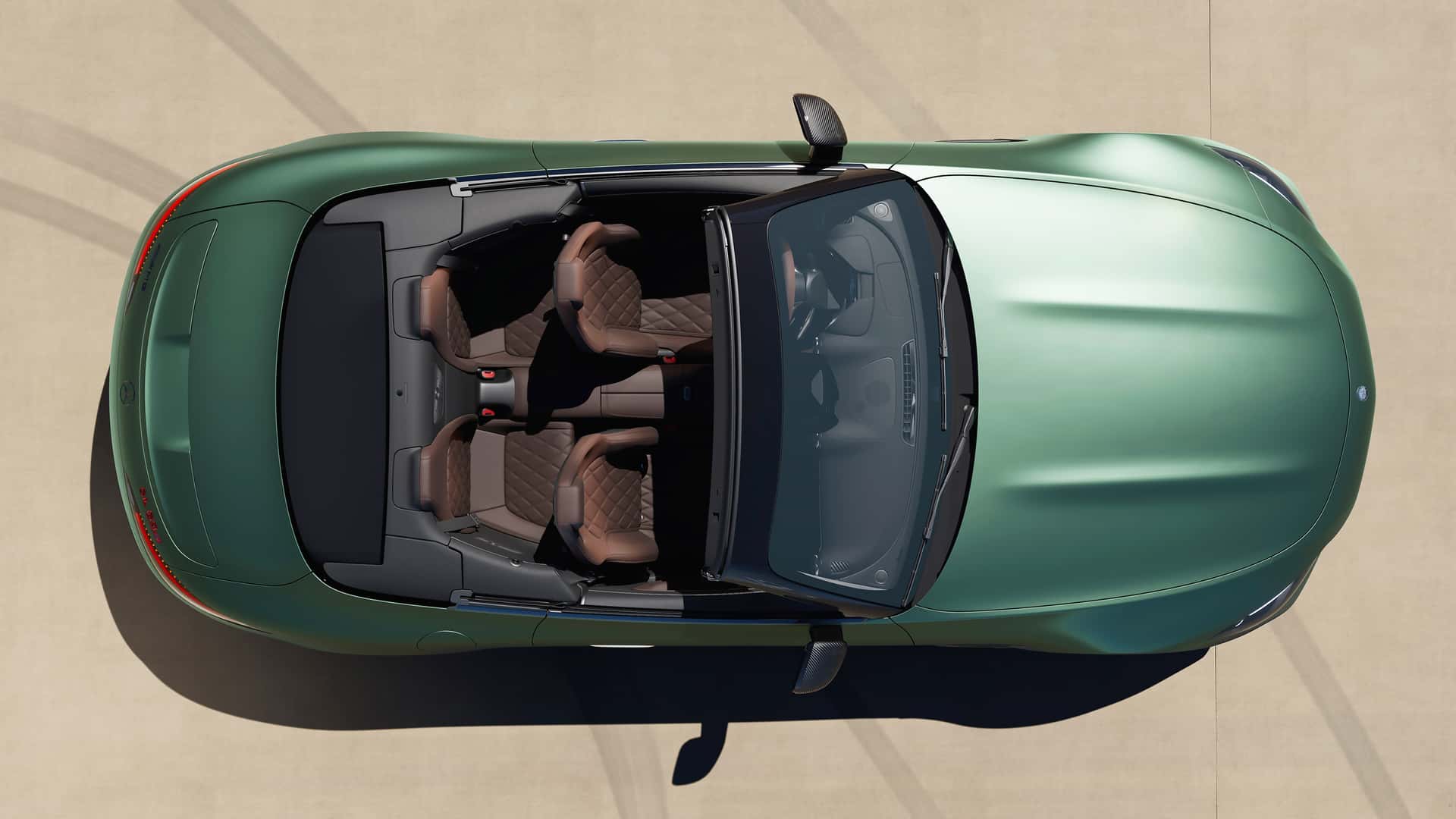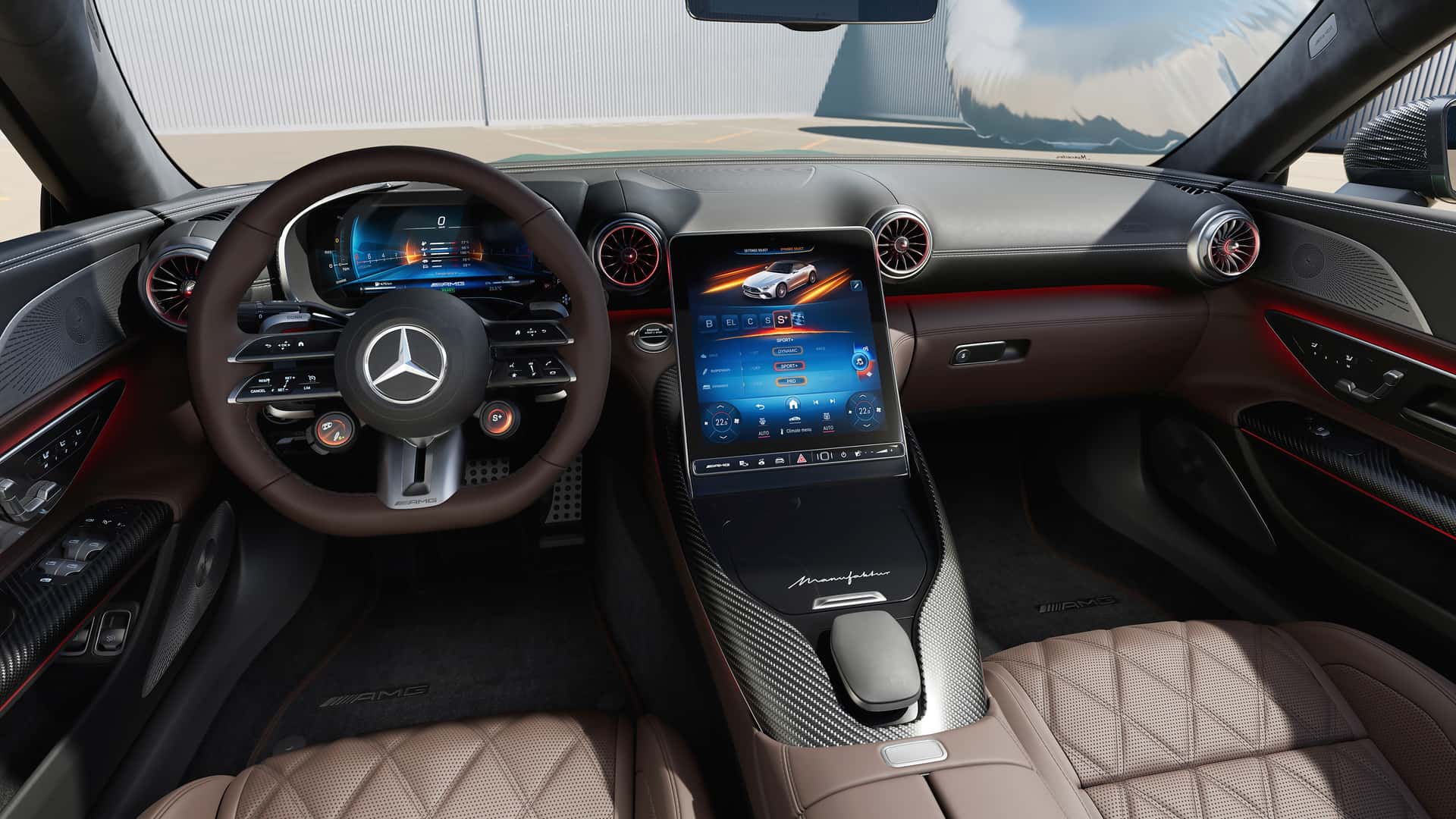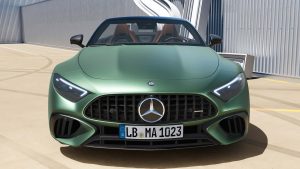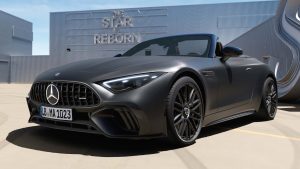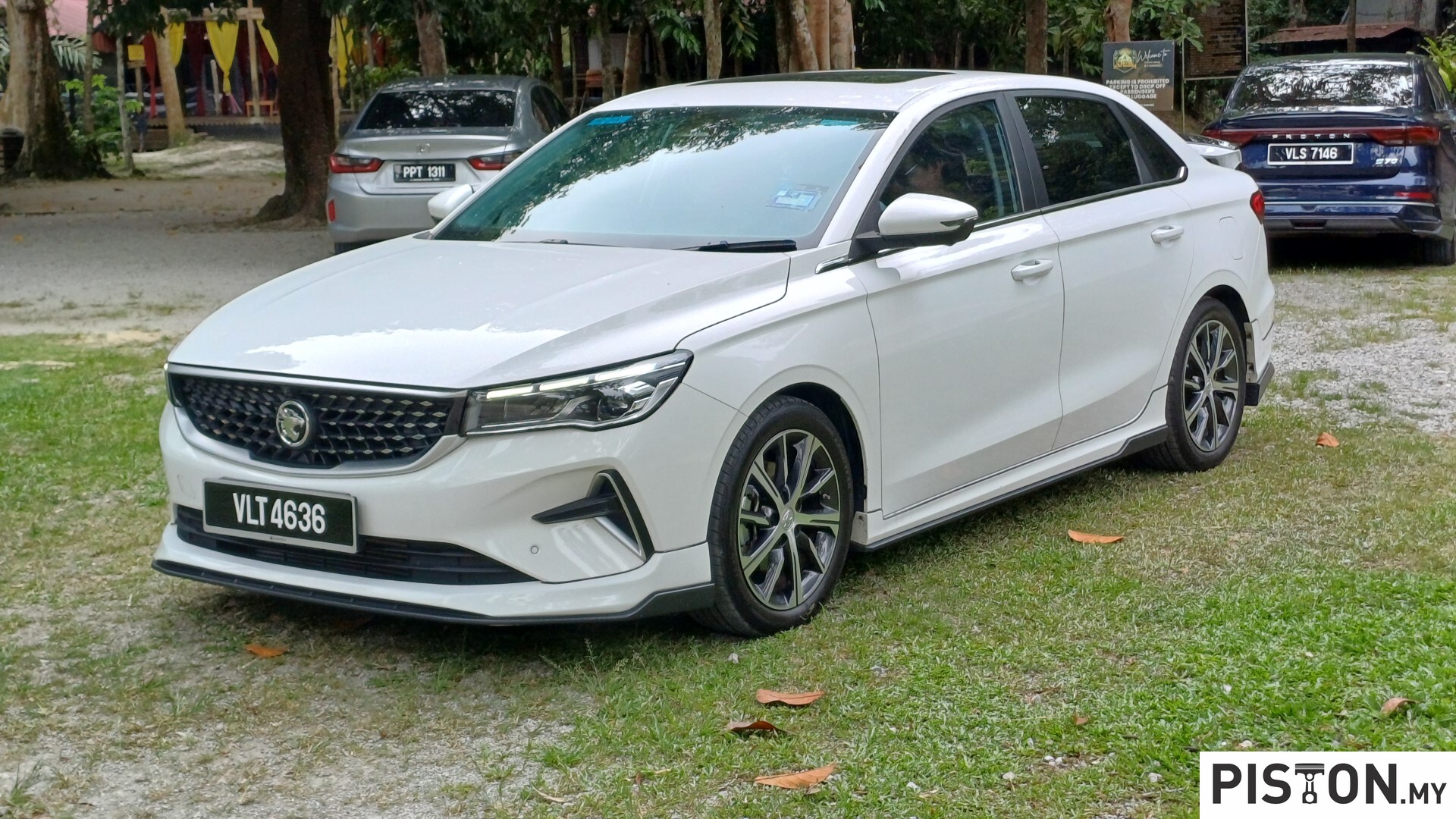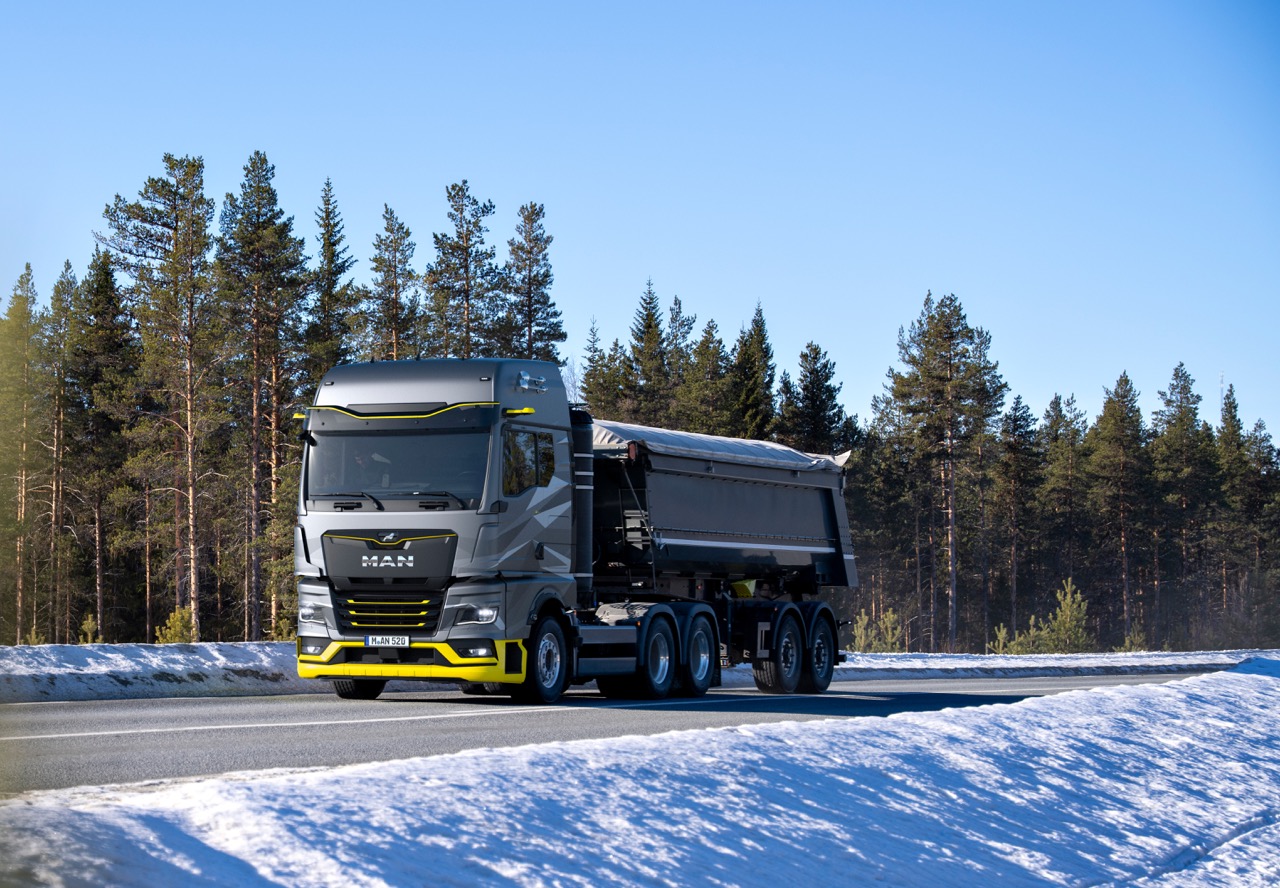Mitsubishi Motors Corporation has officially commenced the production of its new Minicab EV (known as L100 EV in Indonesia) at the PT Mitsubishi Motors Krama Yudha Indonesia Mitsubishi Motors’ factory in Indonesia.
This kei-car class electric commercial vehicle is set to be available for purchase in Indonesia during the fourth quarter of fiscal year 2023. The Minicab EV adopts a monobox design and incorporates an electric vehicle (EV) system that has proven successful in the i-MiEV, the world’s first mass-produced EV. Notably, the drive battery is strategically positioned beneath the centre of the floor to preserve its spacious cargo area while maintaining a low centre of gravity, ensuring exceptional steering stability and a comfortable ride.
Mitsubishi Motors aims to contribute to reducing carbon dioxide (CO2) emissions in the last mile of commercial use by offering the Minicab EV. This move aligns with the growing global emphasis on achieving a carbon-neutral society and the increasing demand for sustainable business activities, particularly in the logistics and commercial EV sectors.
Moreover, as part of its strategic initiatives in the ASEAN region, Mitsubishi Motors plans to commence partial exports of the Pajero Sport midsize SUV from Indonesia. Currently produced in Thailand and exported to Australia, the Pajero Sport is expected to be partially exported from Indonesia starting in the fourth quarter of fiscal year 2023. This move underscores Mitsubishi Motors’ commitment to enhancing its presence in the ASEAN market and meeting the evolving demands of environmentally conscious consumers in the region.





